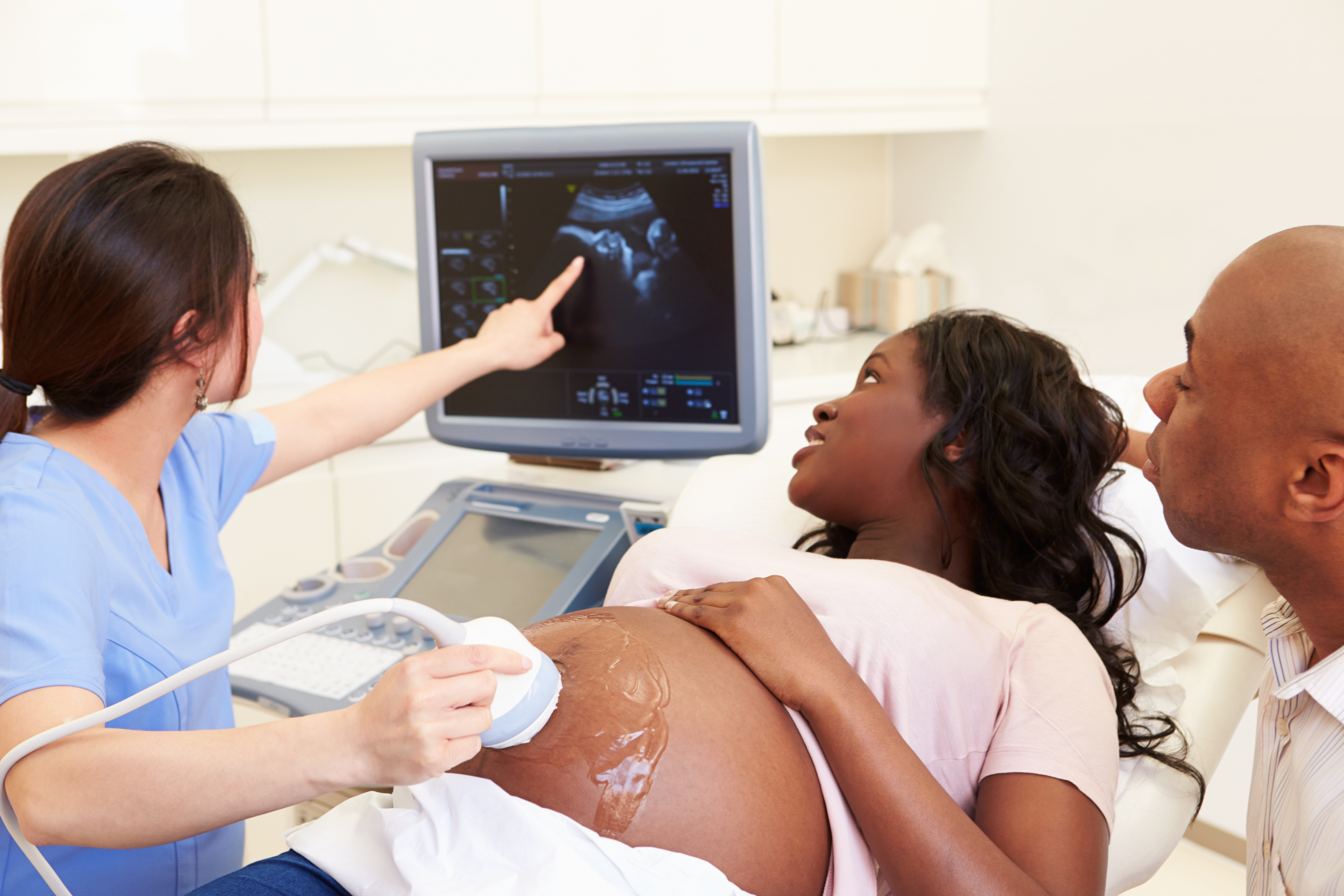Early Prenatal Care Rate Drops for Latina Mothers
Increasing the number of women who receive early prenatal care (in the first trimester of pregnancy) can improve birth outcomes and lower health care costs by reducing the likelihood of complications during pregnancy and childbirth. Babies born to mothers who do not get prenatal care are three times more likely to have a low birth weight and five times more likely to die than those born to mothers who do get care. Early prenatal care allows women and their health care providers to identify and, when possible, treat health problems and correct health-compromising behaviors that can be particularly damaging during the initial stages of fetal development. 1 This indicator tracks early prenatal care rates for San Bernardino County, including detail by race and ethnicity.

How is San Bernardino County Doing?
TREND
The rate of San Bernardino County mothers receiving early prenatal care decreased 0.6 percentage points to 82.3% in 2018, but this rate remains above the national Healthy People 2030 objective of 80.5%. Over the past 10 years, the number of live births in San Bernardino County decreased 10%, from 31,984 live births in 2009 to 28,857 in 2018.
OVERALL, PRENATAL CARE RATES REMAINED STEADY IN 2020
Percentage of Mothers Receiving Early Prenatal Care by Race and Ethnicity in San Bernardino County, 2011-2020
What is Healthy People 2030?
Healthy People 2030 is a national health promotion and disease prevention initiative that establishes national objectives to improve the health of all Americans, to eliminate disparities in health, and to increase the years and quality of healthy life.
RACE/ETHNICITY DETAIL
In 2018, White mothers had the highest early prenatal care rate (85.5%), followed by mothers who identify as two or more races (83.9%). At 78.8%, Black mothers had early prenatal care rates below the Healthy People 2030 objective of 80.5%. While disparities persist, these relatively high levels of early prenatal care for all race/ethnic groups contributes to a low Equity Gap Score of 1.1. With the exception of Latina mothers, levels of early prenatal care increased or stayed the same for all ethnicities/races between 2017 and 2018. The early prenatal care rate for Latina mothers fell from 83.2% in 2017 to 82.0% in 2018, marking the third consecutive decline in early prenatal care rates for Latina mothers.
Equity Gap Score
1.1
PRENATAL CARE RATES VARY MODERATELY BY RACE/ETHNICITY
Percentage of Mothers Receiving Early Prenatal Care by Race and Ethnicity in San Bernardino County, 2018
The majority of births in San Bernardino County are to Latina mothers (58%), followed by White mothers (20%), Asian mothers (10%), Black mothers (8%), and those of two or more races (3%).
ALMOST 6-IN-10 BIRTHS IN SAN BERNARDINO COUNTY ARE TO LATINA MOTHERS
Live Births by Race and Ethnicity in San Bernardino County, 2020